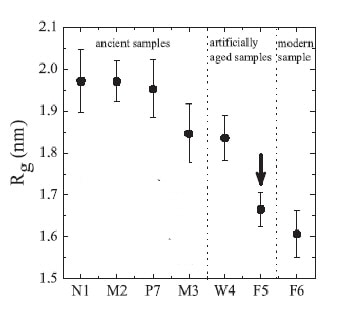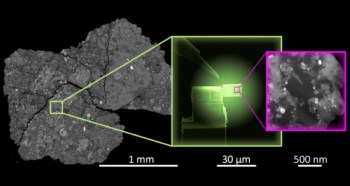Physicists in Italy and France have used small angle neutron scattering (SANS) to show that paper degrades over time because of the growth of water-filled pores trapped within its cellulose structure. The results, obtained by Mauro Missori of Milan's Istituto Centrale per la Patologia de Libro and colleagues, could be used to develop a SANS-based technique to date paper from historical times (Phys. Rev. Lett. 97 238001).

Paper sheets are composed primarily of a web of cellulose fibres, which degrade over time by absorbing atmospheric moisture, which is then held in nanometre-sized pores within the fibres. Missori and colleagues have used SANS to study these pores and have shown that they increase in size as the paper ages and degrades – with 600 year-old paper having pores that are about 22% larger than paper that is about 50 years old.
The researchers used the SANS facility at the Institut Laue-Langevin in Grenoble, France to compare paper from the 15th and 20th centuries along with paper that had been artificially aged. SANS uses neutron diffraction to determine the structure of nanometre-sized objects and has already been used to investigate how the structure of the cellulose fibres changes with age.
The SANS measurements revealed that the mean radii of the water-filled pores varied from about 1.6 nm in modern paper to almost 2 nm in some 15th century samples (see figure: “Pore sizes”). The physicists say that the pore radii provide a quantitative indicator how degraded a paper sample is and could even be used to estimate the age of a sample.




